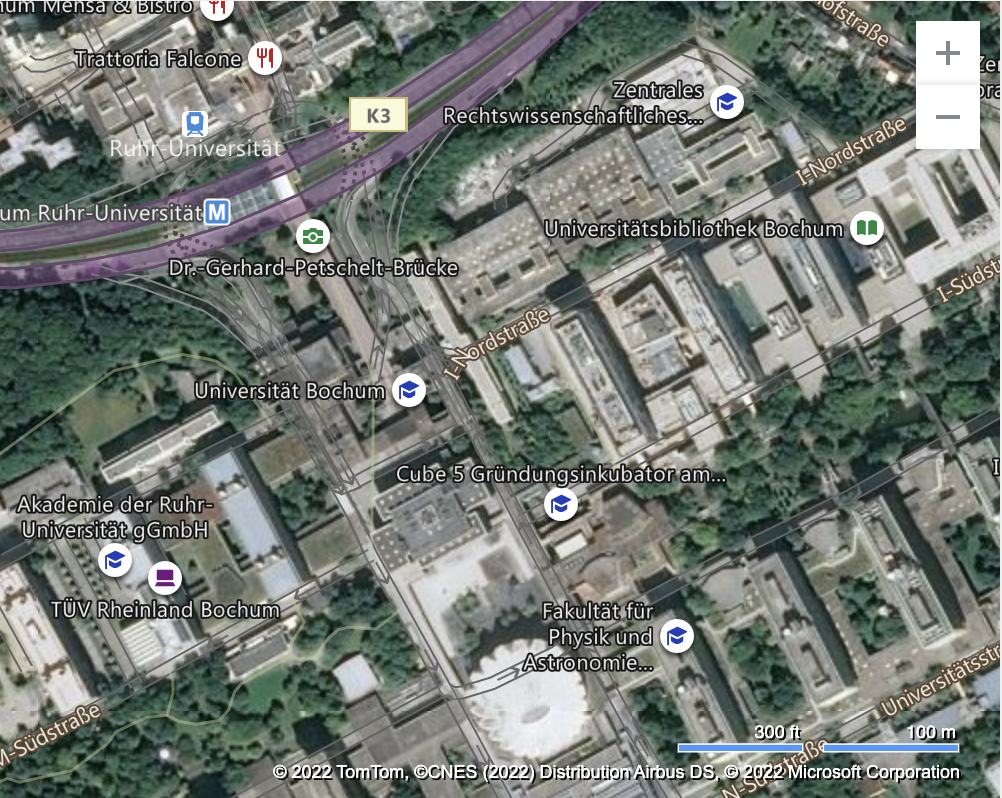"Discrete modeling of cracking in reinforced concrete structures: formulation, size effect, and parameter sensitivity" an open access article recently published by Vladislav
Gudzulic and Günther
Meschke. It was released by Springer Nature in the journal "Materials and Structures".
Abstract:
This paper presents a discrete fracture modeling approach for simulating cracking in reinforced concrete (RC) structures. Cracks are represented using cohesive zero-thickness interface elements, with a traction-separation law by Snozzi and Molinari (
Int J Numer Meth Eng 93(5):510–526, 2013.). extended to account for frictional sliding and crack-roughness-induced dilatancy. An effective failure surface is derived from the extended constitutive relation. Reinforcement is modeled using elastoplastic Timoshenko beam elements, and bond behavior is modeled using coupling elements governed by an elastoplastic bond-slip law. The model is validated through simulations of size effect experiments on RC beams under four-point bending (
Syroka-Korol and Tejchman in Eng Struct 58:63–78, 2014.). These tests exhibit consistent shear failure modes across all sizes and serve as a reference for evaluating fracture models proposed by Bažant and Nguyen (
J Eng Mech 149(8):04023047, 2023.). Simulations reproduce size-dependent peak loads, crack patterns, and failure modes using material parameters derived from design codes and literature. A mesh sensitivity analysis and a parametric study on mixed-mode fracture parameters (shear strength, friction coefficient, and dilatancy) are conducted. The results highlight the importance of these parameters in capturing shear-dominated failure mechanisms and reveal the possible impact of uncertainties linked to material property identification on the model predictions. The proposed approach provides a robust, physically motivated, and modular framework for analyzing both serviceability and failure in RC structures. The model demonstrates good predictive capability, but also shows sensitivity to mixed-mode fracture properties. This result highlights the importance of advancing and more widely applying experimental methods for characterizing these parameters, which are currently difficult to obtain and rarely addressed in standard testing protocols.







